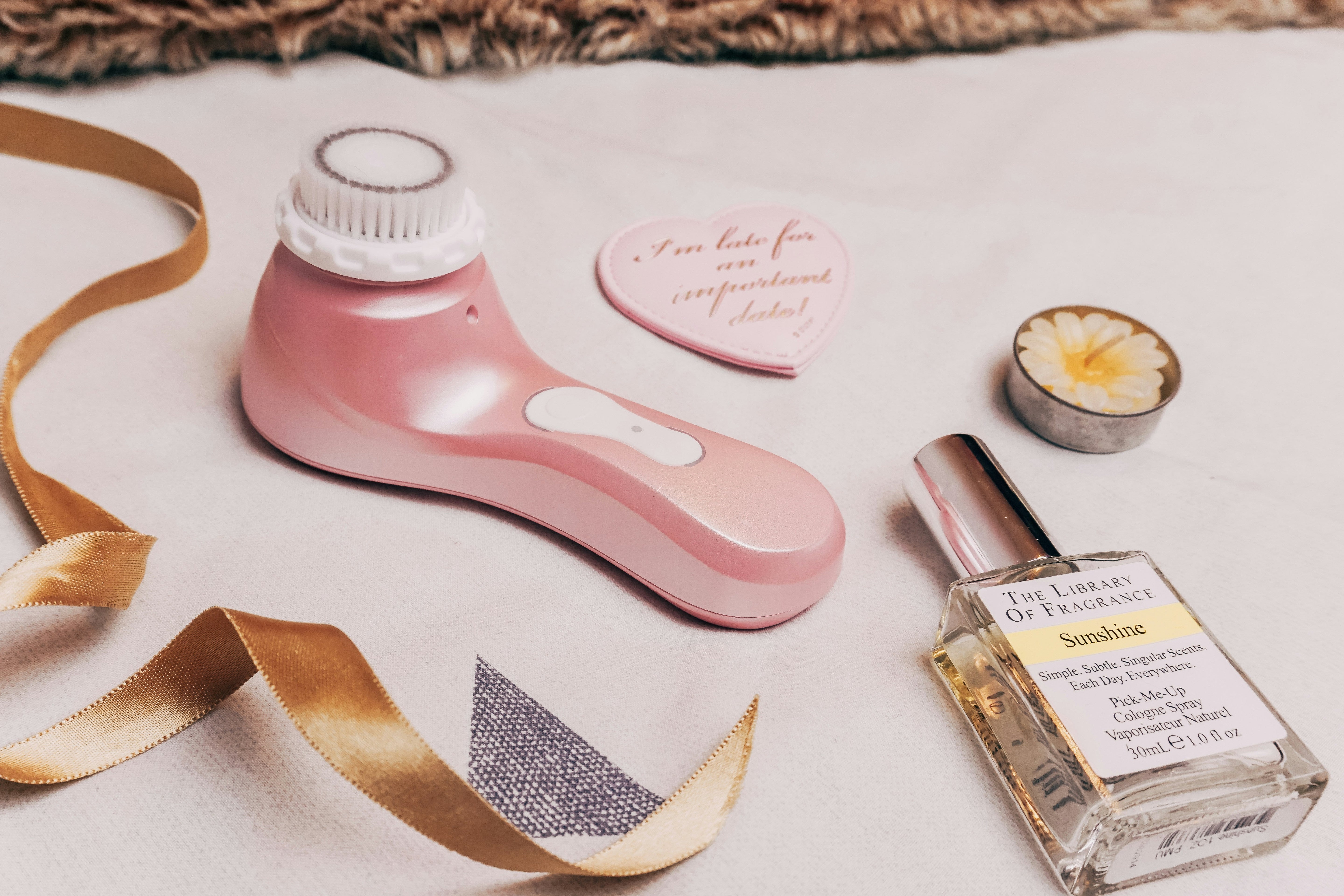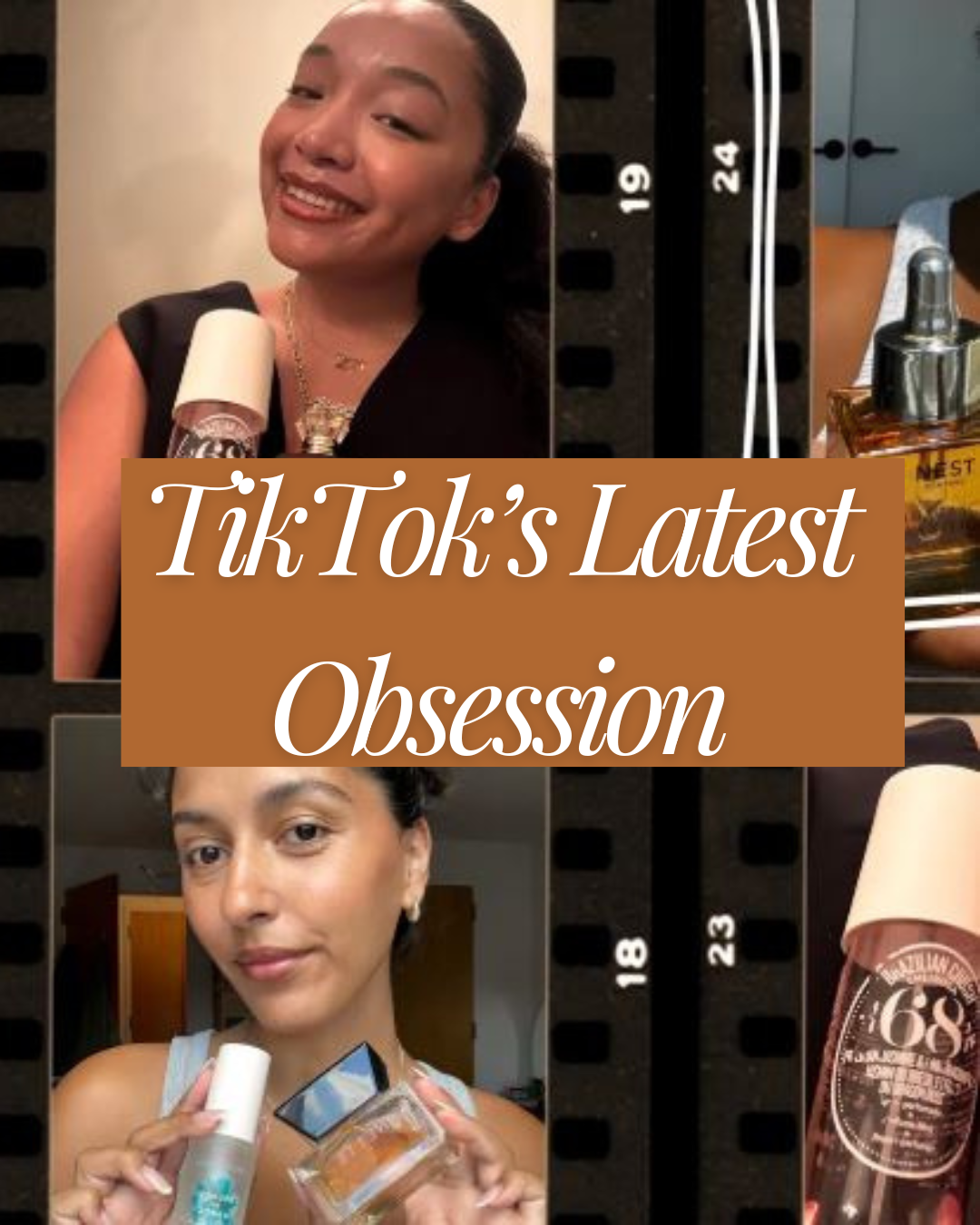Skinification of Perfume and What It Means for the Future of Fragrance

“Skinification” has been an underrated buzzword in beauty for a while, but what does it really mean when it comes to perfume? At its core, skinification is the merging of skincare principles into non-skincare categories, and it’s now reshaping how fine fragrance is formulated, worn, and marketed. The perfume world is entering an era where scent and skin science go hand-in-hand.
In this post, we’ll break down what skinification of perfume really is, why it matters, and how it’s changing the way we think about scent.
What Is Skinification in Perfume?
Traditionally, perfume has been about olfactive pleasure, how a scent makes you feel, and how others respond to it. But skinification adds a new layer to skin health.
In skincare, the term “skinification” refers to the addition of ingredients that support the skin barrier or provide active benefits such as hyaluronic acid, niacinamide, or ceramides. In the context of perfume, this means formulating fragrance products that not only smell good but also include ingredients that nourish the skin.
We’re talking fragrance infused with:
-
Hydrators like glycerin and squalane
-
Soothing agents such as chamomile or calendula
-
Barrier-strengtheners like fatty acids or probiotics
This trend is growing rapidly, particularly as consumers become increasingly aware of ingredients and prioritize wellness.
Why the Shift? The New Expectations of Modern Consumers
Today’s fragrance customer is different from five or ten years ago. People aren’t just buying perfume, they’re investing in self-care. Clean beauty, skin-loving ingredients, and transparency in formulation are driving demand for products that prioritize the well-being of the skin. Just as consumers read our skincare labels, they're starting to scrutinize perfume labels too.
The skinification of perfume answers three consumer desires at once:
-
A sensorial experience (scent)
-
Visible or felt skin benefits (moisture, softness)
-
Transparency and wellness-conscious ingredients
This intersection of beauty and science is exactly where the fragrance category is headed.
Not Just a Trend, But A Product Evolution
We're seeing skinified perfumes emerge in two key formats:
-
Alcohol-free perfume oils and milks: These are gentle on the skin and often contain emollients and antioxidants.
-
Hybrid body care + fragrance: Think body mists that hydrate or lotion-perfume hybrids that soften while scenting.
Some indie and niche fragrance brands (especially in the clean beauty space) are leading the way here, while big players are taking cues from skincare’s success to evolve their offerings.
This shift also opens up opportunities for new innovation, especially in categories like:
-
Solid fragrances with shea butter
-
Serums that double as scent primers
-
Fragrance boosters with niacinamide or peptides
What This Means for the Industry
For formulators, marketers, and founders, skinification forces a rethink of how we approach scent. It’s no longer just about top, heart, and base notes. The base now includes what it does for your skin.
It also means fragrance brands will need to:
-
Collaborate more with chemists and dermatologists
-
Educate customers about ingredients
-
Ensure safety and efficacy while maintaining beautiful scent profiles
As fine fragrance gets closer to skincare, the future of scent will be judged not just by how it smells, but by how it feels.
Final Thoughts
Skinification isn’t just a marketing term; it’s a full-circle return to fragrance’s original intent of making people feel better. Now, we’re doing it not just emotionally but physically too, blending self-expression with skin wellness.
Whether you’re a brand founder, beauty enthusiast, or someone who simply wants more from your fragrance, this shift is one to watch.



